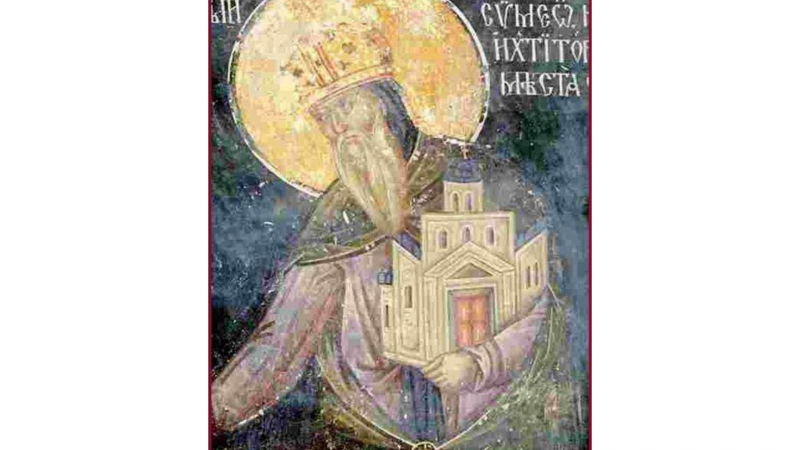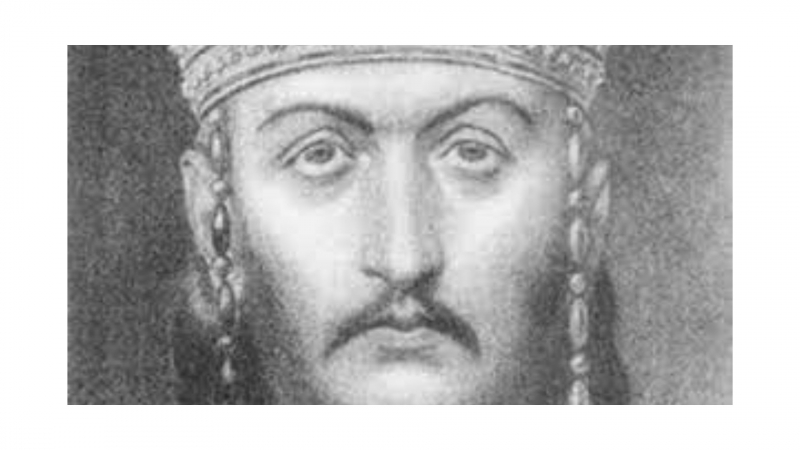Stefan Nemanja
The next most important historical figure in Serbia is Stefan Nemanja. From 1166 until 1196, Stefan Nemanja (1113 or 1114 – 13 February 1199) served as the Serbian Grand Principality's Grand Prince (Veliki upan). Nemanja, a founding member of the Nemanji dynasty and a member of the Vukanovic dynasty, is known for his contributions to Serbian culture and history, including the establishment of the Serbian Empire and the national church. Nemanja is among the most notable Serbs, according to the Serbian Academy of Sciences and Arts, for his literary accomplishments and humanitarian qualities.
Nemanja abdicated in 1196 in favor of his middle son Stefan Nemanji, who went on to become the first King of Serbia, following three decades of conflict and diplomacy, including the Third Norman invasion of the Balkans (1185–1186), which strengthened Serbia while separating it from both the Western and Byzantine spheres of influence. Nemanja eventually made his way to Mount Athos, where he joined his youngest son (after known as Saint Sava), who had already attained the position of first archbishop of the Serbian Orthodox Church, taking the name Simeon and becoming a monk. In 1198 and 1199, Nemanja and his son Saint Sava renovated the Hilandar Monastery on Mount Athos and published the "Charter of Hilandar." As a result, the monastery rose to prominence as Athos' primary Serbian Orthodox monastery. Stefan Nemanja was canonized by the Serbian Orthodox Church as Saint Simeon the Myrrh-streaming shortly after his passing.












